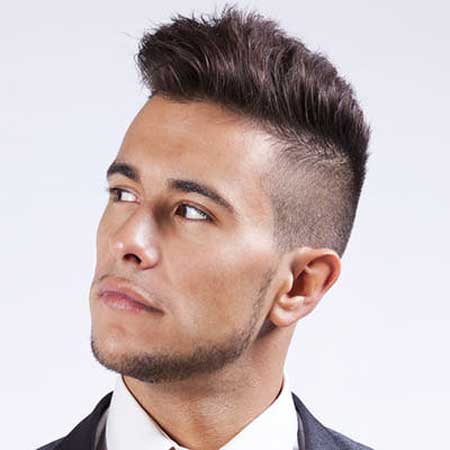Hairstyles For Men Biography
Hairstyles are a way of changing the look of your character. You can change them by visiting a barber or stylist. In Fable and Fable: The Lost Chapters, you can get special style cards to show a barber to change your look. In Fable II and Fable III, most hairstyles must be purchased directly from the stylist. Like tattoos, all hairstyles have effects on your personality.Hairstyles have the ability to affect a number of aspects of your personality, including alignment, scariness and attractiveness. Depending on the hairstyle, some may change you more than others.Most of these hairstyles can be purchased initially from wandering barbers, then taken to any barber to be applied. In addition, the following are sold in the barber shop in Bowerstone South:
Long Beard,Sheriff Moustache,The Buzz,The Pudding Basin
Men’s hair styles at the turn of the 19th century
August 25, 2012 by Vic
Men of fashion began to wear short and more natural hair at the end of the 18th century, sporting cropped curls and long sideburns in a classical manner much like Grecian warriors and Roman senators. Before this period, a balding Louis XIII had made powdered wigs popular at the French court and consequently throughout Europe. The often elaborate and expensive gray wigs lent an air of wisdom and authority to their wearers.A scarcity of flour in 1795, combined with William Pitt’s attempt to raise revenue through a hair powder tax, brought the fashion for wigs and powder to a screeching halt. Men protested and a new more natural hair style became fashionable.
The 5th Duke of Bedford.The Bedford Crop was a style of hair favored by the Duke of Bedford, who, in protest to the tax, abandoned his wigs in favor of a short cropped and unpowdered hairstyle. He challenged his friends to do the same.By and large men took their cue from classical Greek and Roman art. The romantic movement also influenced a natural, unpretentious aesthetic. A dry disordered look that used very few artificial products began to rule. Beau Brummel’s influence cannot be discounted. His own grooming included shorter hair and a clean-shaven face. Every morning he examined his face in a dentist mirror and plucked any remaining stray hairs with tweezers. By 1813, almost all Regency men sported both long or short sideburns; they rarely wore mustaches or beards.
In Pride and Prejudice 1995, Colin Firth as Mr. Darcy wore his hair somewhat longer than the Bedford Crop and affected a slightly unruly hairdo, probably known as the Brutus. (I confess I never liked Firth’s hairstyle for Mr. Darcy.)The man behind many of the red carpet hairstyles, from Hollywood to Bollywood, Asgar’s hairstyles have been featured on the covers of countless fashion magazines around the world.
A noted authority on hair, he is a regular columnist for newspapers and magazines in the UK, India, Russia and the Middle East. Asgar has appeared on several top TV and radio shows, including the BBC's Clothes Show and the Asian TV Breakfast for three years.
His styles for Britain’s Got Talent, X-Factor, Britain & Ireland’s Next Top Model, Hell's Kitchen, and innumerable other TV shows and films ensures that his work is seen by millions of people. Just a handful of print publications in which his work appears:
Hairstyles For Men

Hairstyles For Men

Hairstyles For Men

Hairstyles For Men

Hairstyles For Men

Hairstyles For Men

Hairstyles For Men

Hairstyles For Men

Hairstyles For Men

Hairstyles For Men
